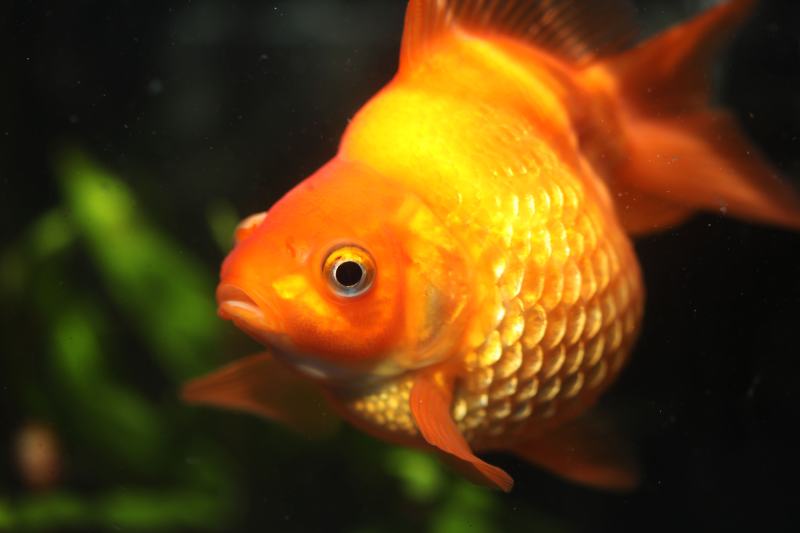VET APPROVED

The information is current and up-to-date in accordance with the latest veterinarian research.
Learn more »Have you posted in a forum asking for guidance on unusual signs your goldfish is exhibiting, only to be told they have dropsy? Are you unsure what dropsy is or how you can care for a fish with dropsy? This collection of information examines what dropsy is and what you need to do if a fish in your tank develops it.Goldfish with dropsy usually do not do well, but there are some things you can do to give your goldfish a fighting chance.

What Is Dropsy?
Dropsy is often misunderstood because it isn’t actually a disease. Dropsy is a sign of a serious internal condition. Dropsy refers to the build-up of fluid in the fish’s body cavity or within the body tissues, which is usually an indicator of some type of organ failure. Dropsy signs may be the only signs that you see, or it may be accompanied by multiple other signs. When it comes to dropsy, don’t expect to see signs across all fish in the tank. Since dropsy can have many different causes, you may only have one fish with dropsy at a time.
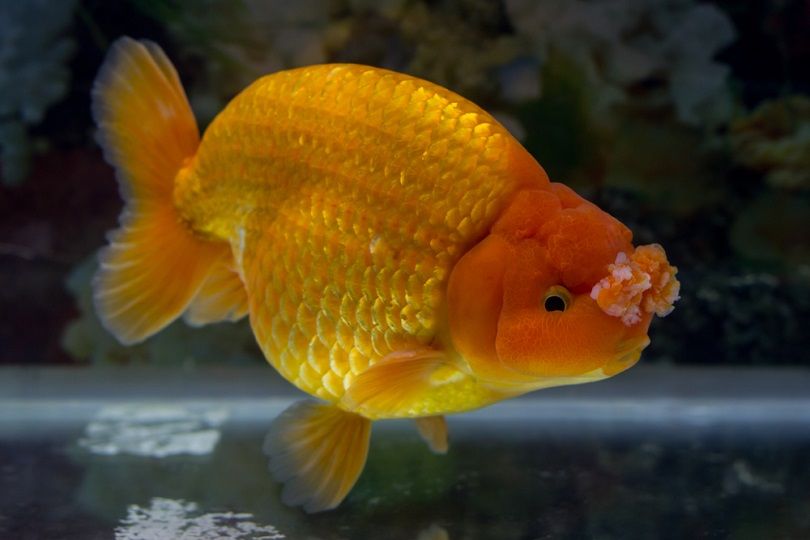
What Causes Dropsy?
According to some people, dropsy is an outdated medical term that is no longer used by any medical community except for the medical aquatics community. It is more commonly referred to as edema or ascites, which is an abnormal buildup of fluid anywhere within the body. This collection of fluid is caused by the body no longer having the ability to retain or regulate fluids in the appropriate locations within the organs and vessels.
There are a myriad of possible causes of dropsy. Examples include the following:
- Sudden changes in water parameters
- Viral infections
- Prolonged periods of stress
- Certain bacterial infections
- Poor water quality
- Any prolonged unaddressed ailment or condition
Unfortunately, by the time dropsy does show itself, a fish is usually experiencing the end stages of a disease; this also makes them vulnerable to multiple infections or ailments concurrently. For instance, a poorly managed fish may develop dropsy from a concurrent bacterial and viral infection.
What Are the Signs of Dropsy?
The main sign of dropsy is notable abdominal swelling. This swelling usually creates a very bloated, rounded appearance in the abdomen. The swelling will become so severe that the scales of the fish will begin to splay outward. This is called “pineconeing”, due to the likeness between the appearance of the scales and a pinecone.
- Clamped fins
- Lethargy
- One or both eyes swelling or protruding outwards (bulging)
- A loss of color (especially in the gills)
- Refusing to eat
- Pale feces
- A sudden or gradual development of a prominently curved spine
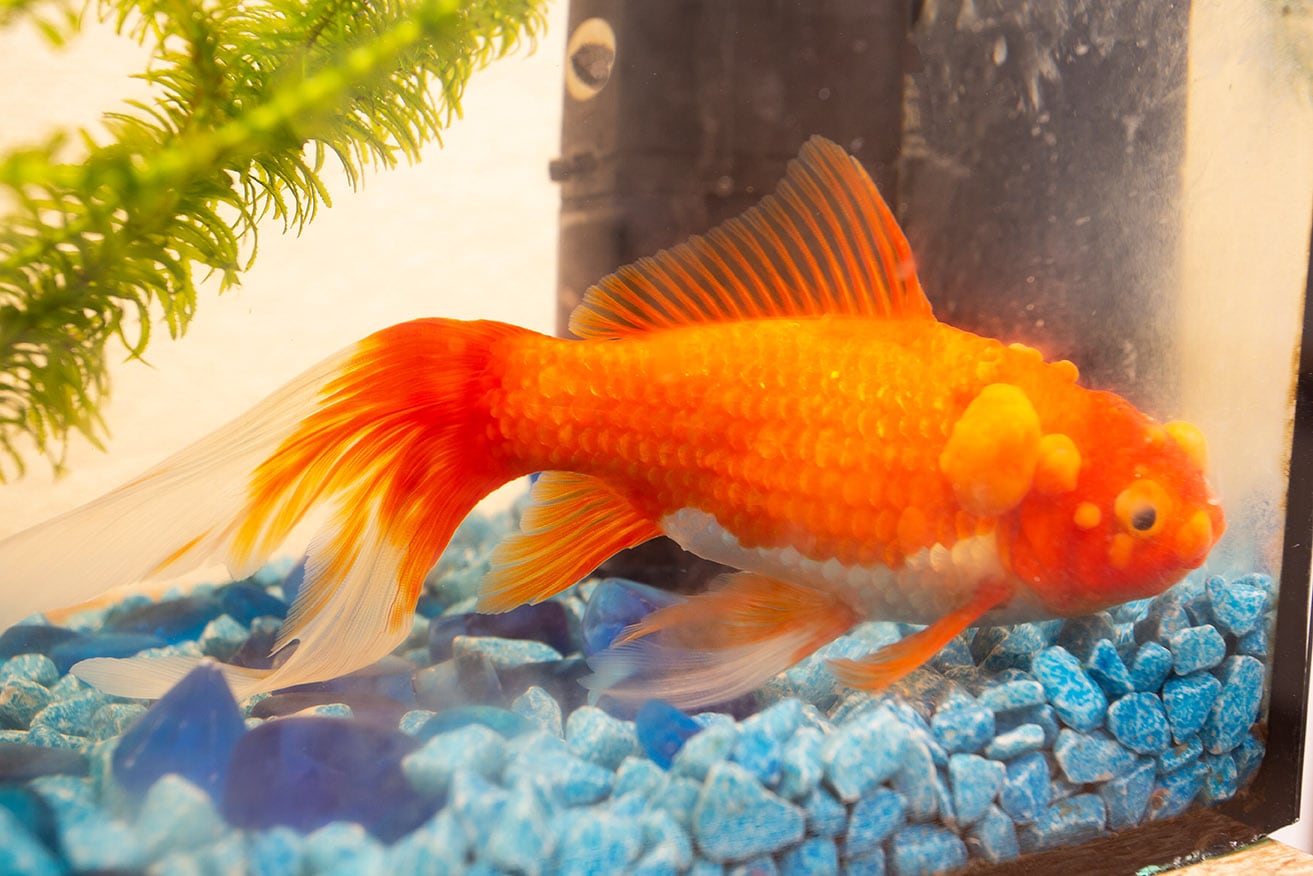

How Can I Treat Dropsy?
Since it’s difficult to determine what is causing your fish to have dropsy, you should play it safe by isolating your goldfish in a hospital tank if possible. This will allow you to focus treatments on the sick fish and protect your other fish from potentially getting sick. Your hospital tank should be as simple as possible. All you need is filtration and aeration. Crucially though, it should be cycled. Additional items in the tank, like substrate and décor, can just serve to make it more difficult to effectively keep the hospital tank clean.
Unfortunately, in most instances, humane euthanasia is the preferred “treatment” for dropsy, as the prognosis for a fish showing dropsy is often extremely poor. However, it might be beneficial to try adding aquarium salts or epsom salts to the hospital tank. This is recommended because sometimes, altering the salinity of the water (with the epsom salts) enables the process of osmosis and may help relieve some of the fluid pressure on your fish.
Contrary to popular belief, you should not add antibiotics to the hospital tank unless you are specifically instructed to do so by a veterinarian. Using antibiotics without determining the underlying cause of your fish’s illness will do more harm than good for your fish.
If multiple fish are showing signs of dropsy in your aquarium, you should promptly contact a veterinarian for a diagnosis and guidance on treatment.
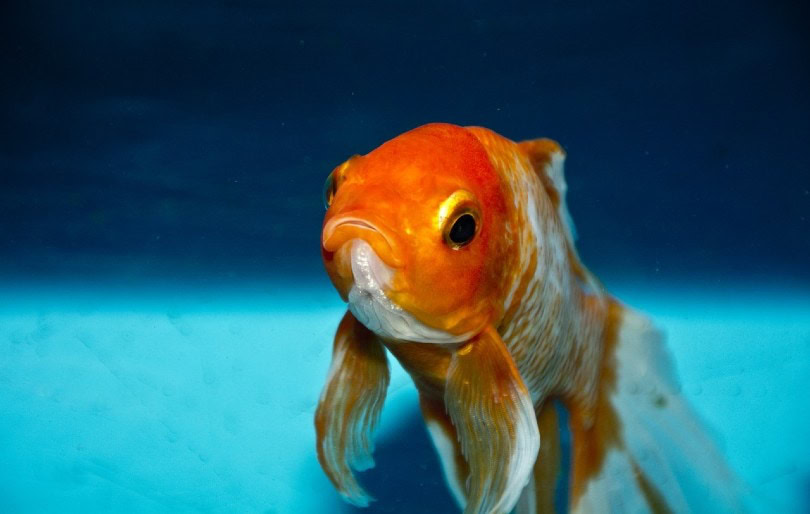
If your fish isn't behaving or looking as it normally does and you suspect it may be sick, ensure you provide the right treatment, by checking out the best-selling and comprehensive book The Truth About Goldfish on Amazon today.

It has entire chapters dedicated to in-depth diagnoses, treatment options, a treatment index, and a list of everything in our fishkeeping medicine cabinet, natural and commercial (and more!).

What Is the Prognosis for a Goldfish with Dropsy?
The prognosis for a goldfish with dropsy is poor. Dropsy is a late-term sign of advanced illness, so your goldfish may already be extremely ill before you know they are sick. Once dropsy has set in, the mortality rate is exceedingly high. Sometimes, there isn’t anything you can do for your fish.
As mentioned earlier, euthanizing your fish is an option if they have developed dropsy. This can be done by putting them in a small container and adding a few drops of clove oil. This is a gentle sedative for fish and will not cause them pain. Clove oil may or may not cause your fish to pass, so some people allow the fish to fall asleep, and then move the entire container into a freezer. This helps ensure the fish is deceased and does not suffer.
What About My Other Fish?
If one of your fish has developed dropsy, they should be isolated away from other fish to quash any spread of illness if possible. Some illnesses are highly contagious, and since you may not know what caused your fish to develop dropsy in the first place, you won’t know for sure if any other fish are sick until signs develop. As mentioned above, you should seek veterinary care for your fish if multiple fish are showing signs of illness.
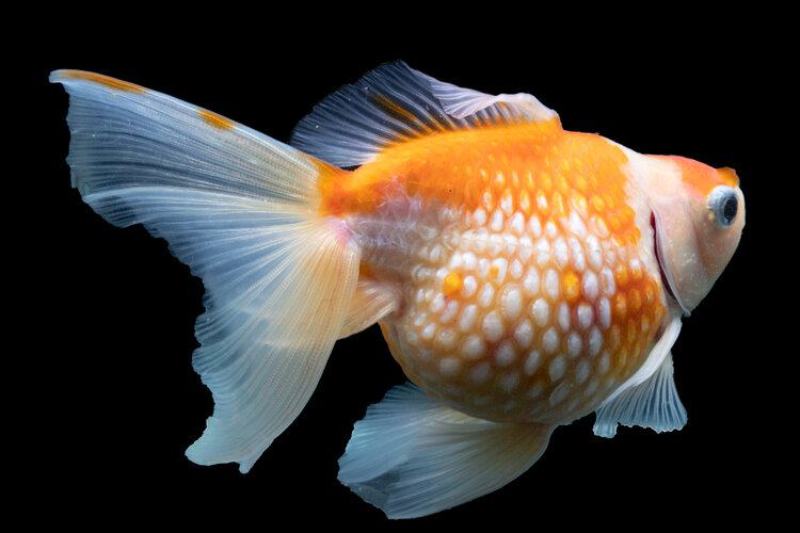

How Can I Prevent Dropsy?
Some cases of dropsy are unavoidable, but your best preventive measure is maintaining good water quality and a low-stress environment for your fish. Routinely check water parameters to ensure your water quality is staying high. Provide them with high-quality, nutrient-dense food to maintain proper nutrition. Any steps you can take to keep your fish healthy and stress-free will help prevent illnesses that may cause dropsy.

Final Thoughts
Dropsy can be a difficult and frightening thing to deal with. It is not easy to treat, and it’s not unusual for euthanasia to be the kindest option for a fish with dropsy. Deterring illnesses that may cause dropsy is your best prevention. Keep your water quality high and your fish happy, healthy, and stress-free for your best chance at preventing dropsy. This will also give you the best chance at successfully treating dropsy if your fish develops it and you catch it quickly.
Featured Image Credit: M-Production, Shutterstock
